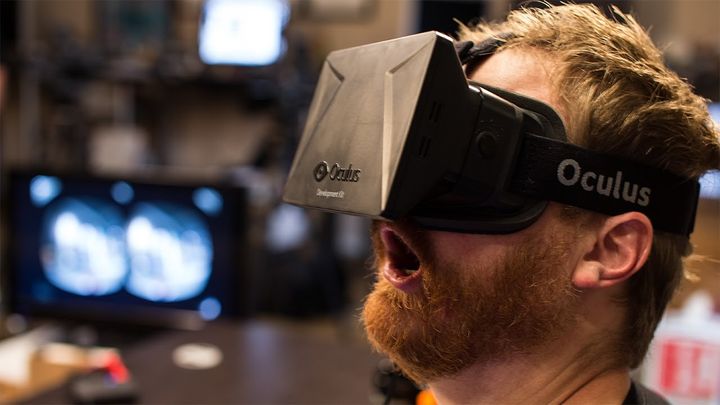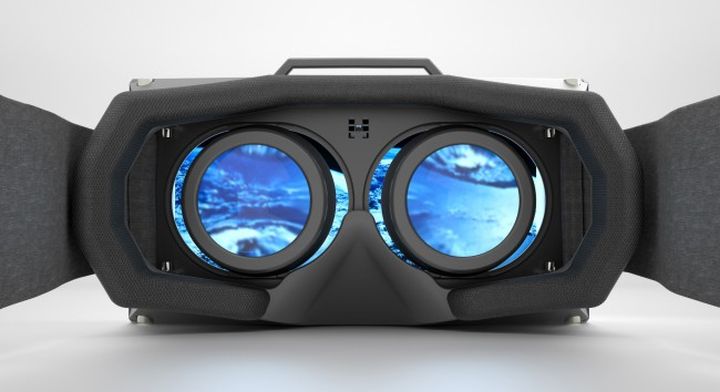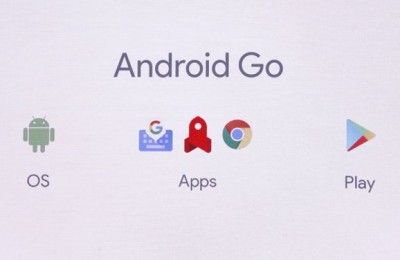Virtual reality that the forecasts in the short term, tend to be very conservative – most people represent the future in the form of slightly extended version of this write IT News.
People think that most of the major social transformations or have already occurred or will occur in the distant future, but this is far from the truth. The world is changing faster than ever before, and a number of technologies that are already in active development, change it beyond recognition. Among them – the self-governing cars and virtual reality. On it we’ll talk.
There are three basic axioms that are necessary to understand, trying to predict the near future:
Ten years later, popular technology is unlikely to be a novelty – it will be smaller, faster, easier, more convenient, more compact and less expensive than what we have today.
The best technology is used today to create tomorrow’s technologies, causing improvement technologies exponentially.
As the exponential growth of technology, the level of acceptance grows symmetrically.
It is also important to note that network effects accelerate the development of many new technologies. Network effect means that the value of technology depends on the number of people using it: The first phone was not value for its owner, but it became when increase in the number of people able to call. Phone became valuable only when the technology is exponential distribution.
Why do most forecasts are wrong about the future
There is one fundamental reason why many forecasts are very wrong: experts and analysts try to use linear models to predict the level of adoption of technologies that evolve exponentially. This happens mostly because they assess the potential of the technology, based on its current form and function; The reality is that this technology every year will get better and better.
Futurologist Zack Kanter leads a good example. In 1980, AT & T has hired consulting giant McKinsey, to the predicted size of the mobile phone market. Based on the slow speed of the historic decision and disadvantages of this technology – heavy device, terrible battery life, poor coverage and absurd cost, – McKinsey famously predicted that by 2000 the total market can hardly pick up a million subscribers. In fact it is the number exceeded 100 million.
Although McKinsey analysis may seem ridiculous, from our point of view, the truth is that very few people at that time foresaw the explosive growth of mobile phones in the coming years. In fact, quite easy to trace the thoughts of analysts: for the time cell phones were awful and looked linear growth – and only when we look at the chart from a distance, it becomes clear that the growth was exponential adoption.
Virtual reality is ready for widespread
Many people see the virtual reality in black and white colors: it is hardly a novelty until until it becomes a real Matrix. But virtual reality is not competing with the perfect simulation of the real world – it competes with traditional sources of media: TV, radio, smart phones, tablets and computers. Those who have reached the age of majority, has carried out at least 8 hours of this network. And good technology of virtual reality for the people ceased to be a pipe dream – it already exists. Oculus Rift brings excellent experience in many ways, and the consumer version will be ready in 2015 at a price of 200-400 dollars apiece.

Consumer behavior described above is well established, which means that technology will soon become inexpensive and available everywhere. It would be foolish to believe that virtual reality will not be at the hearing people in the next 5 years – in fact, the consumption in this area will increase as the content and user experience will improve exponentially.
In other words, I believe that most people would prefer to spend time in virtual reality, viewing some “Game of Thrones” playing Call of Duty or just porn.
The network effect of virtual reality will be grandiose. As more and more people will use virtual reality to grow and platform; it will become more attractive to lure new users and continuing the cycle.
We can not imagine how virtual reality will be developed as a medium – perhaps the most interesting is to divide the virtual experience a la p2p. Imagine interface like YouTube, where you can immerse yourself in the present three-dimensional environment, created by someone else. Of course, we will see mass production of content, including the traditional “top-down” from the media giant and studios.
But this is just the tip of the iceberg. Whole markets are formed exclusively within a virtual reality, perhaps allowing flourish finally Cryptocurrency type Bitcoin. Enterprise applications are often overlooked – but imagine how many jobs of virtual reality, of course, for 10-15 years.
In the real world around virtual reality will not be without winners and losers. Users will have less time for cooking, and it can be assumed that food alternatives like “Soylent” will be very popular, as well as delivery services and catering. Cinemas surely die together with them and major streaming services (if not adaptable, of course). Who will be able to successfully transform 2D-experience in an immersive experience of virtual reality? Facebook, YouTube, Netflix and Google will have to push.
Although, of course, the market will develop associated with virtual reality devices and accessories – even our home furniture will undergo significant changes – a virtual reality will kill whole categories of products. Giants like Amazon will not like it.
Perhaps the biggest problem is the threat of virtual reality for our health and well-being. We know that the seat kills – lack of physical activity is part of the ten leading factors that lead to death, all over the world – and virtual life will certainly exacerbate a lot of problems associated with obesity and inactivity. Surely there will be some innovative approaches in the pharmaceutical industry, preserving muscle mass and bone density, as well as active methods such as treadmills for virtual reality. Many bright minds are already trying to resolve these issues in a different context: for a successful mission to Mars to find a way to preserve the health of astronauts in disastrous conditions of weightlessness. Elon Musk, for example, plans to launch Mars as early as 2026.
He laments the fact that in every corner of the earth have a look, but spread out before us limitless expanses of space. Nevertheless, there is another epic journey, which we will do, looking at the border, which extends infinitely inside: to our minds, in the first universe created by us.
Read another very interesting article about alternative energy of the Sun, water and air.





